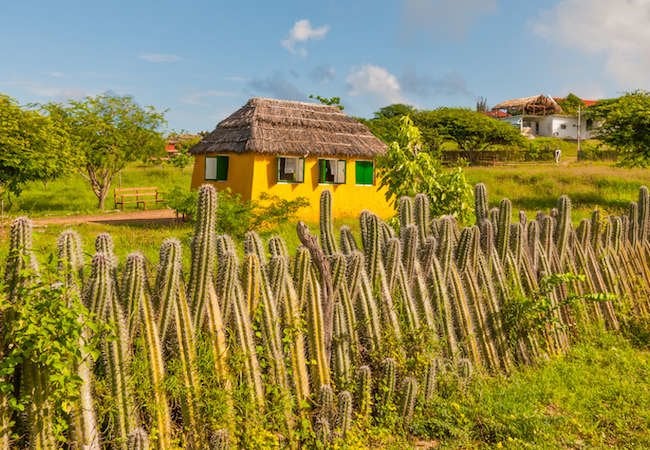

We may earn revenue from the products available on this page and participate in affiliate programs. Learn More ›
Home Advice You Can Trust
Tips, tricks & ideas for a better home and yard, delivered to your inbox daily.
Natural Deterrent
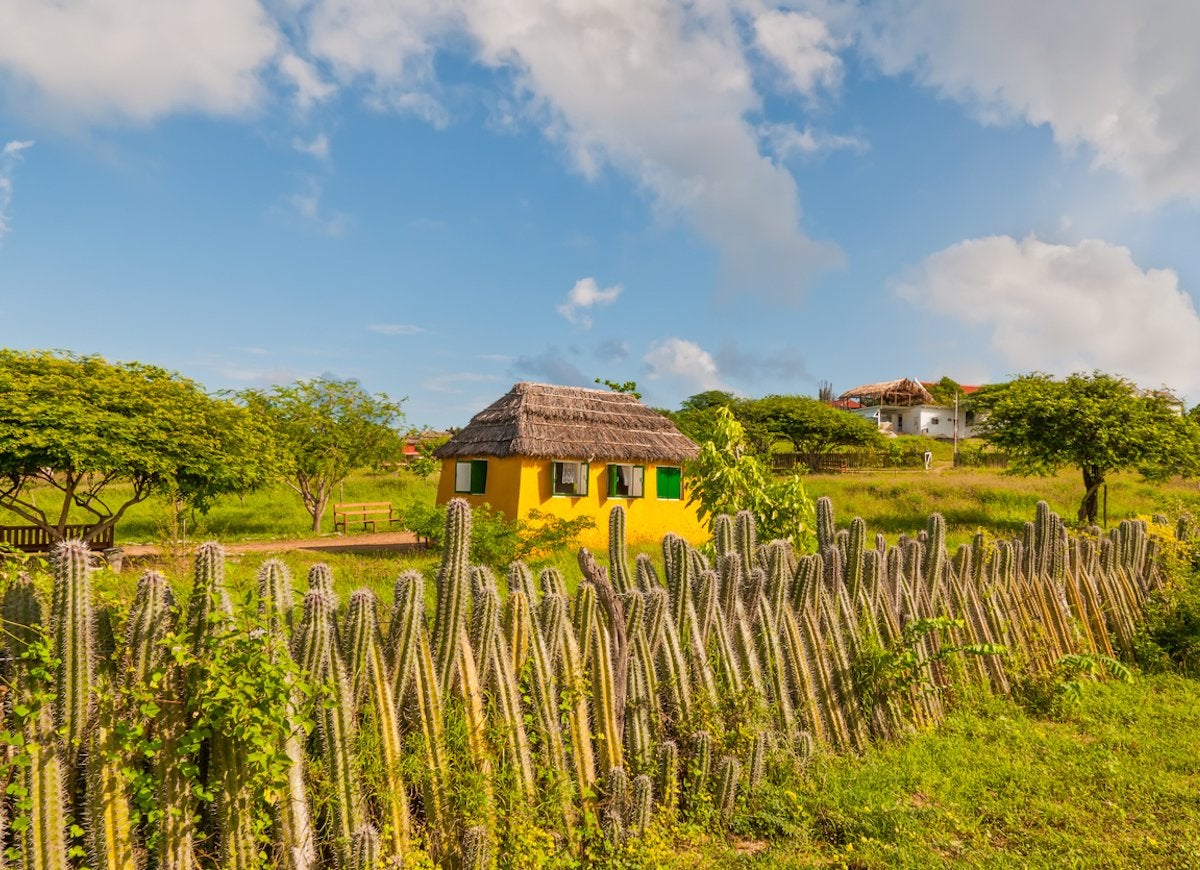
The prickly spines of cactus plants can keep curious critters out of your yard while also shielding the property from prying eyes. Homeowners who live in cactus-friendly climes can adapt this Caribbean island fencing staple to their own local varieties of cactus by simply stringing a metal framework and planting the cactus along the edge.
Lush and Lovely Lilac
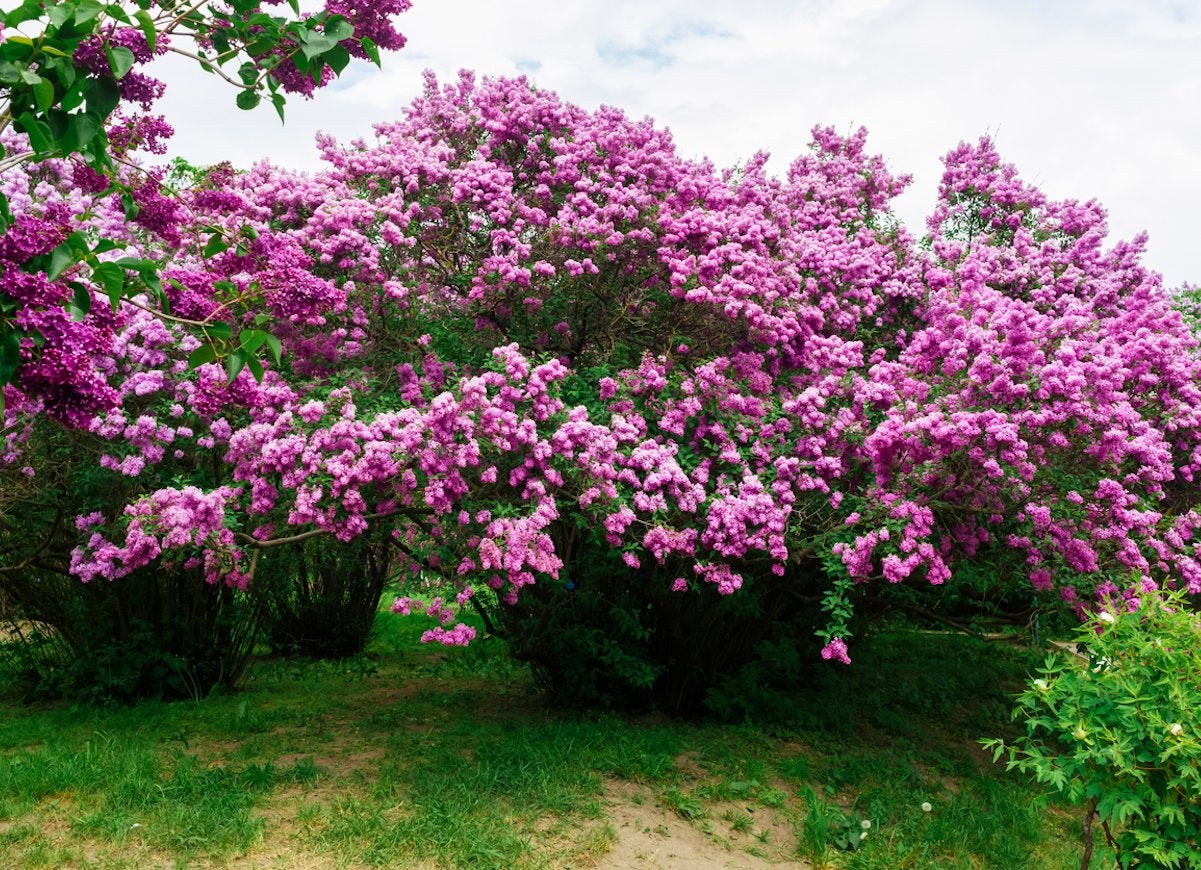
Lilacs are extremely popular ornamental plants in gardens and parks. The beautiful, sweet-smelling flowers are harbingers of spring’s end, although there are some later-blooming varieties available as well. Lilacs come in all shades of pink and purple, grow fairly rapidly, and are winter-hardy in most northern states.
Boxing Day
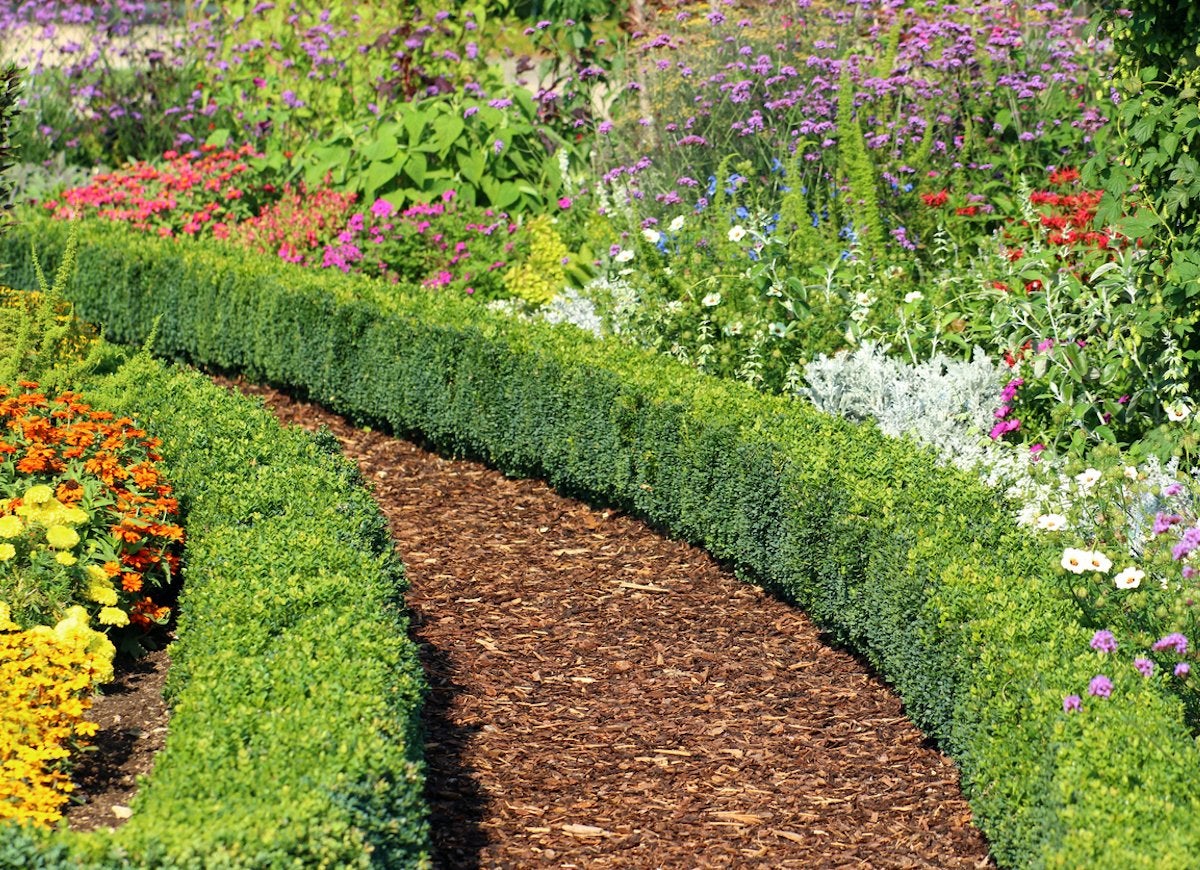
Boxwood plants are excellent choices for hedges and are often sculpted into fanciful shapes and mazes. Boxwoods are evergreens that feature dense, dark green foliage and grow to a moderate height, perfect for a natural boundary fence. There are about 70 species of boxwood; most grow fairly slowly but are extremely hardy.
Don’t Weep for Me
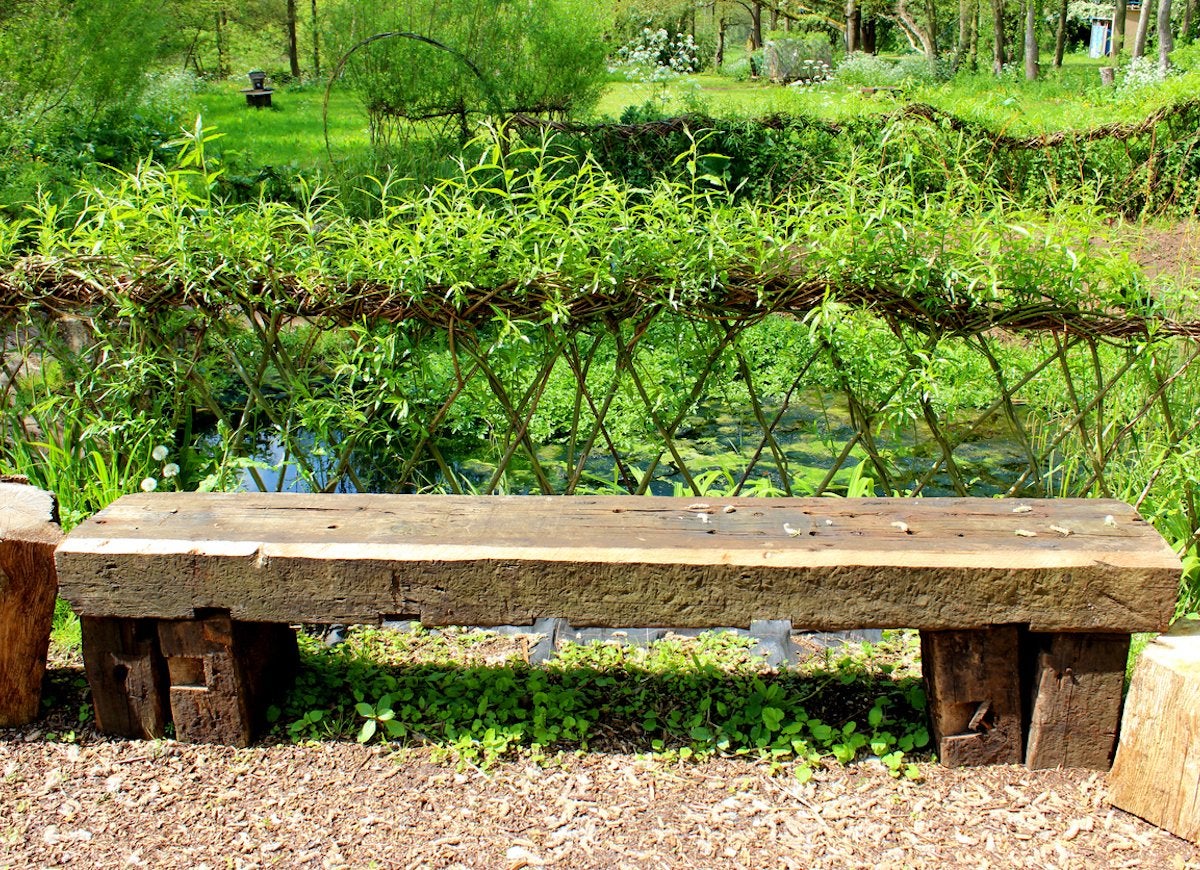
Willow trees are fast-growing and extremely pliable, which makes them easy to craft into ornate natural fences. There are about 400 species of willows, all of which tolerate moist soil and winter weather. Dwarf varieties are particularly well suited to being used as fences.
Under the Laurel Leaves

Spotted laurel plants are widely cultivated as natural fences and feature richly variegated green leaves with yellow or brown markings. Durable spotted laurels thrive in difficult garden environments, including areas with air pollution and salt-laden coastal winds. They also are used as hardy houseplants.
Ring of Fire
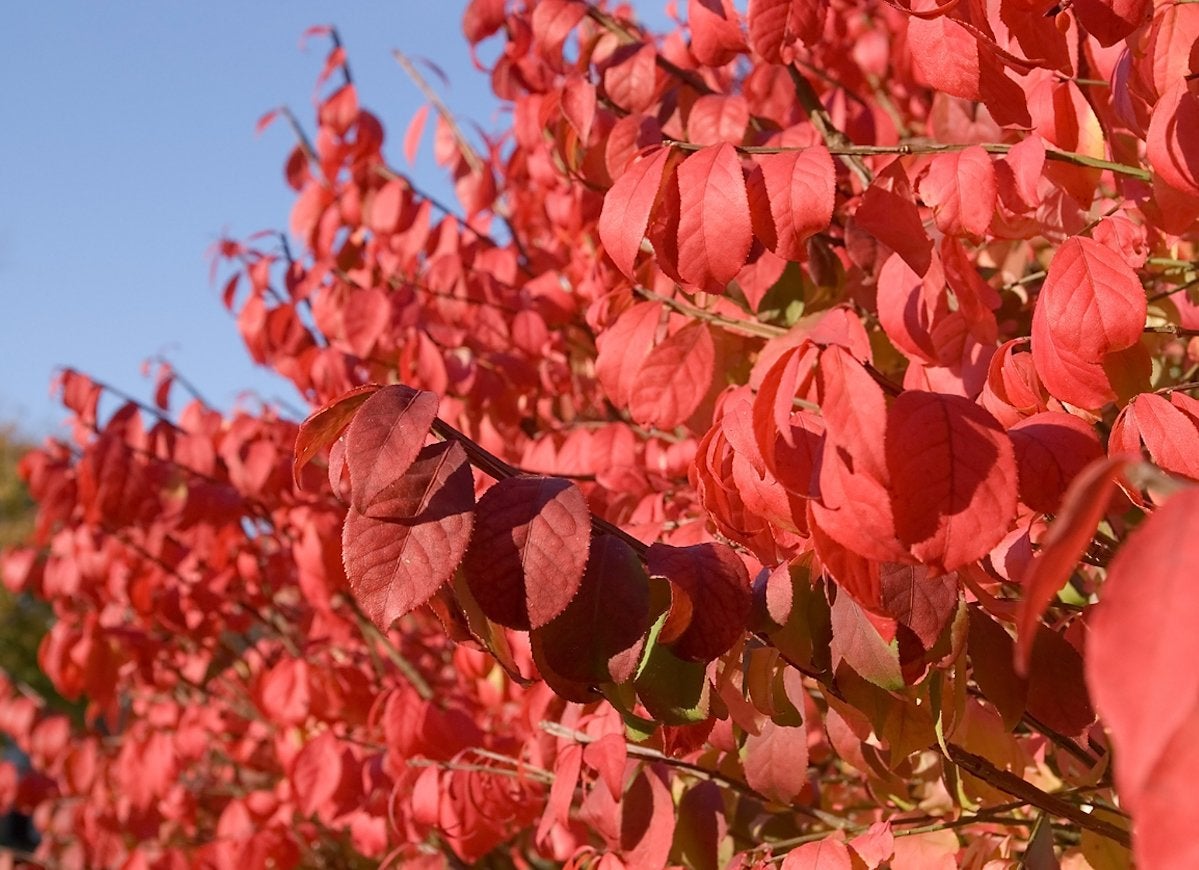
Fiery burning bush, a member of the euonymus family, is a deciduous shrub that can grow up to 24 feet tall. Burning bush gets its name from the brilliant shade of its fall leaves. The wood is typically a dark purplish-brown shade; the small fruits are popular with numerous species of birds.
Privacy, Please
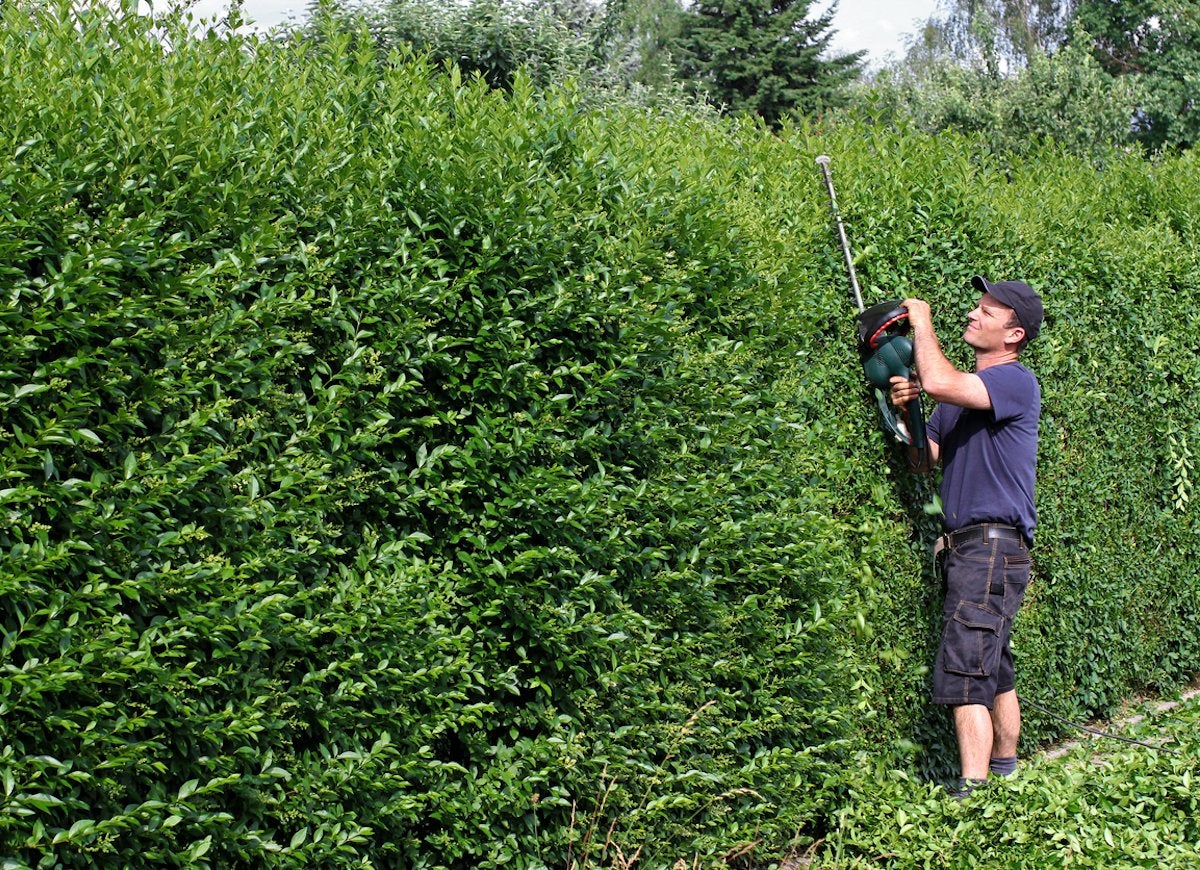
Privet, one of the most ubiquitous plants used in natural fencing, encompasses a group of about 50 species of shrubs and small trees. Privets are flowering semievergreen shrubs and tolerate many different types of soil and moisture levels. Privets feature dense foliage and flexible twigs, which allow the plants to be trimmed and shaped into attractive displays.
Reach for the Sky
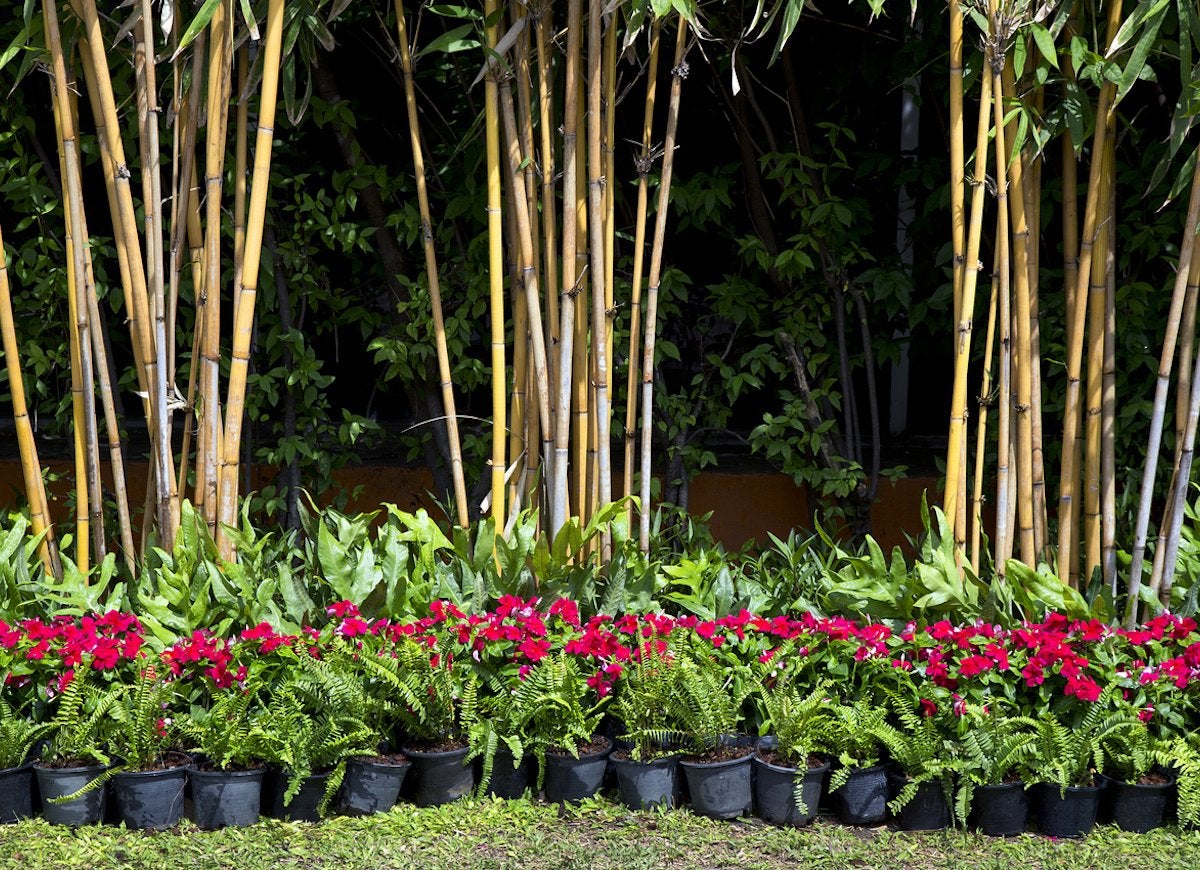
Towering stands of bamboo are a lush and rapid way to create a natural fence. Technically a member of the grass family, bamboo is one of the fastest-growing plants in existence and is extremely low maintenance. Some varieties of bamboo are invasive, so choose your plants carefully in order to make nice with neighbors and keep it from spreading, and confine bamboo to containers placed along the perimeter of your yard to keep if from rooting in the ground and taking over your lawn.
Jumpin’ Juniper
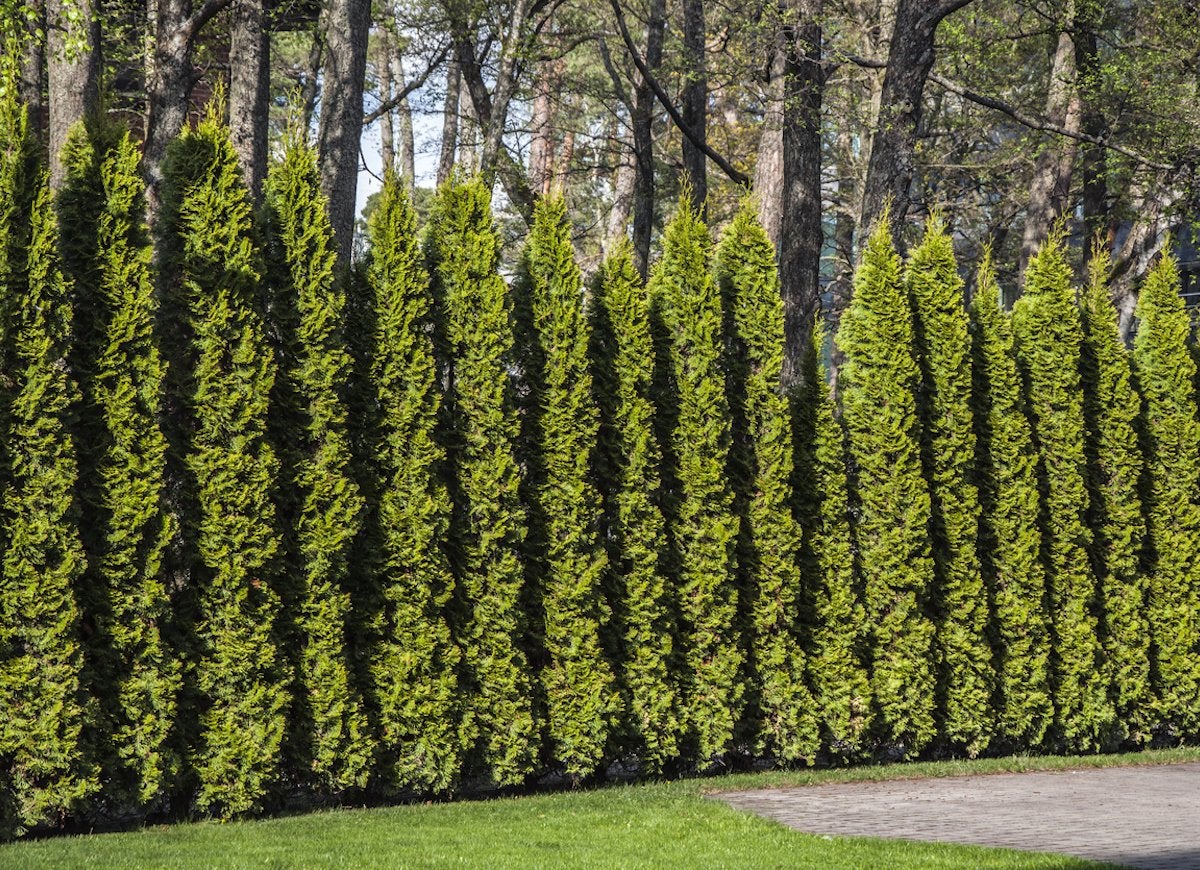
Junipers are coniferous evergreens that vary in size and shape from low spreading shrubs to tall, shapely trees of up to 40 feet. Junipers have needle-like leaves, and most varieties produce aromatic berries. Junipers are hardy but can develop dead spots if over-pruned. Shape the plant in late winter or early spring to prevent unsightly bare patches.
Golden Opportunity
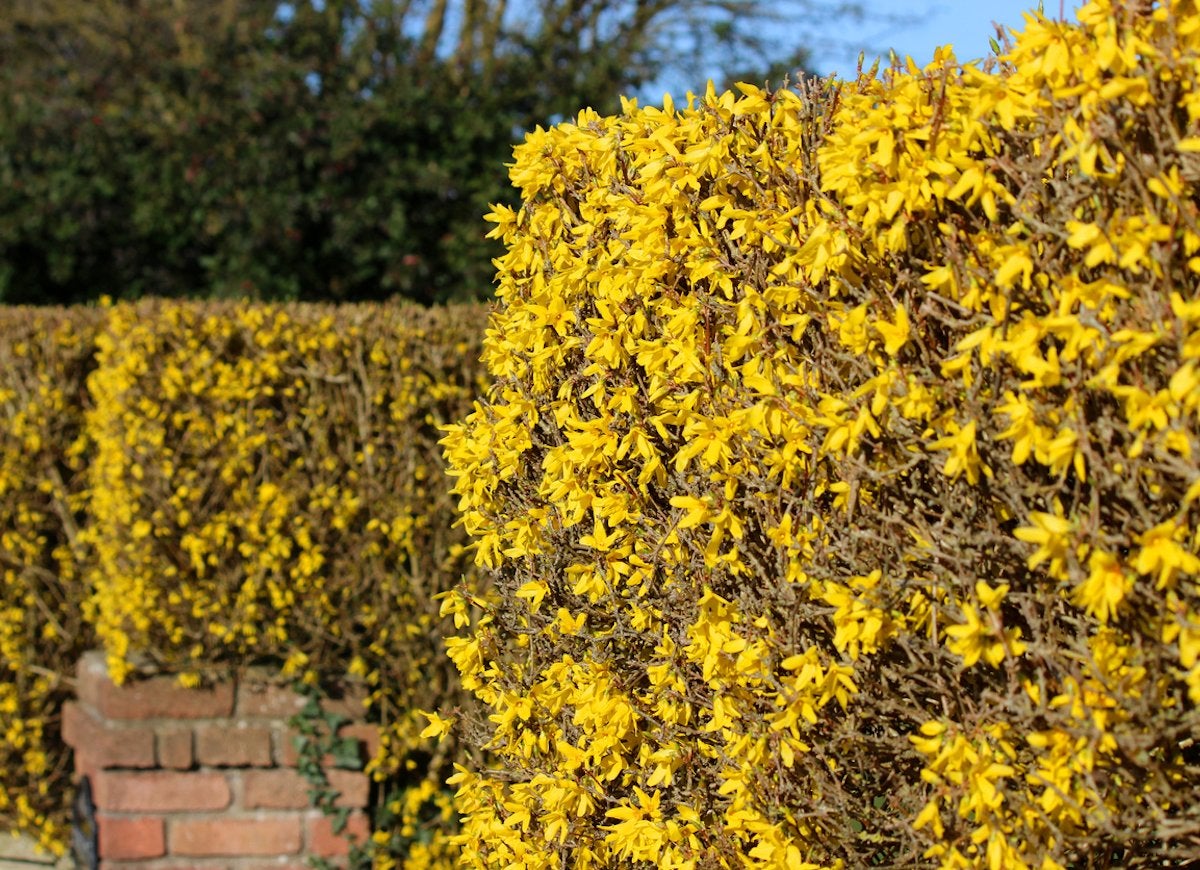
Brilliant yellow forsythia blooms herald the start of spring, and these fast-growing, easily cultivated bushes can be sculpted into lovely hedges. Forsythias are deciduous shrubs that typically grow between three and nine feet tall. There are 11 species of forsythia, and all feature rich green leaves and dense flexible branches.
Holly Jolly
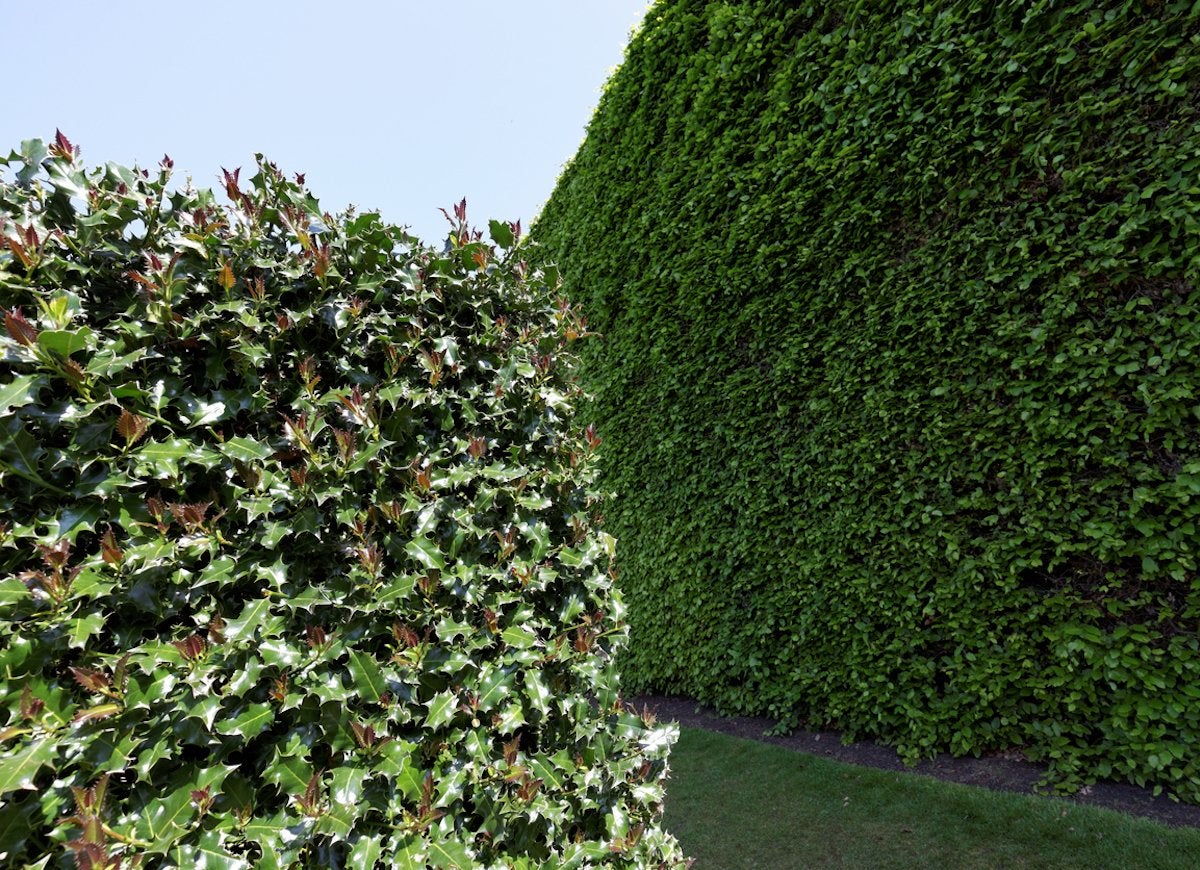
A popular holiday decoration, holly comprises up to 600 species of flowering plants in the family Aquifoliaceae, which includes evergreen and deciduous trees, shrubs, and climbers that flourish everywhere from the tropics to temperate zones worldwide. Hollies typically have glossy serrated or spiny leaves and produce red, brown, or white berries.

The Homeowner Survival Kit
This year’s Bob Vila Approved is a hand-picked curation of tested, vetted, must-have essentials for surviving homeownership today.
